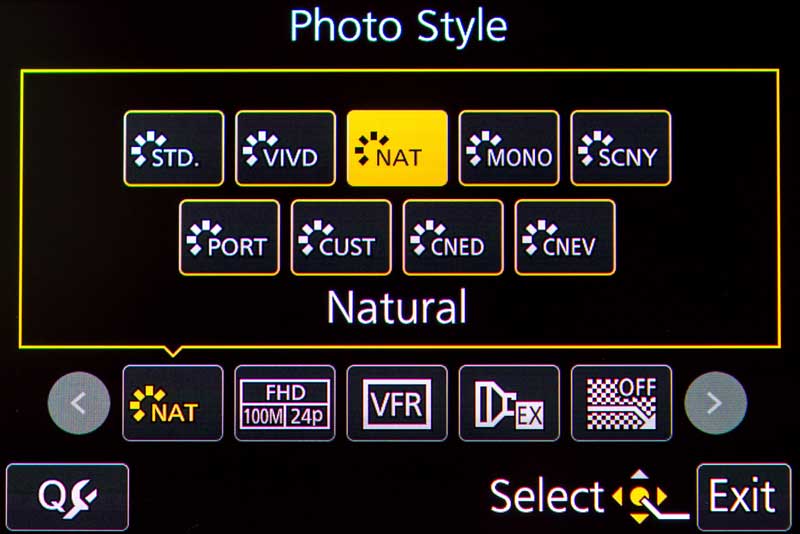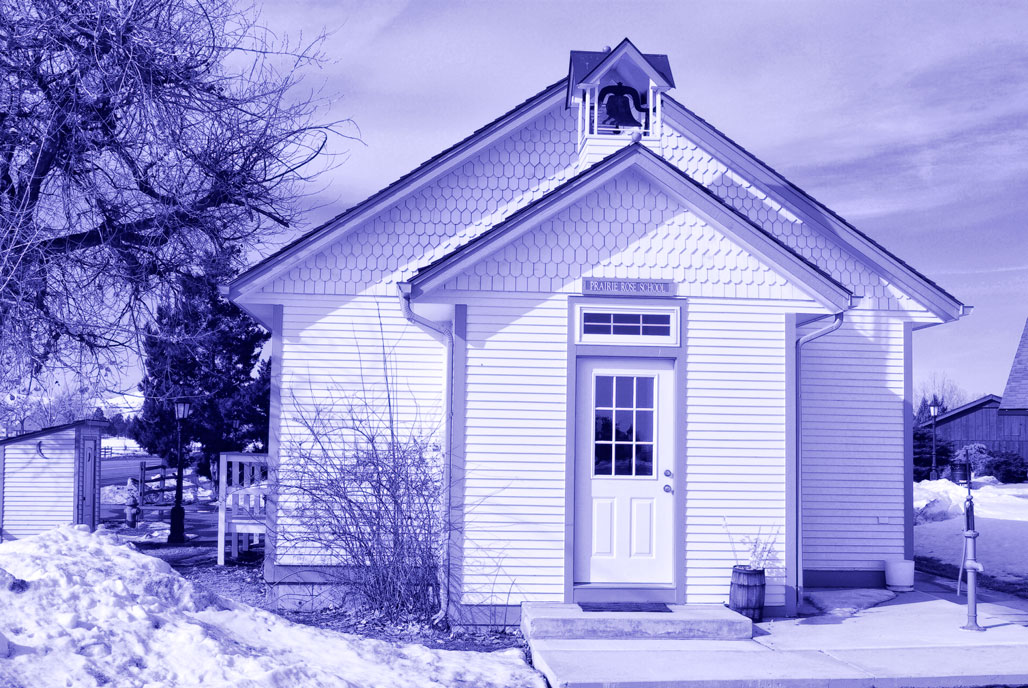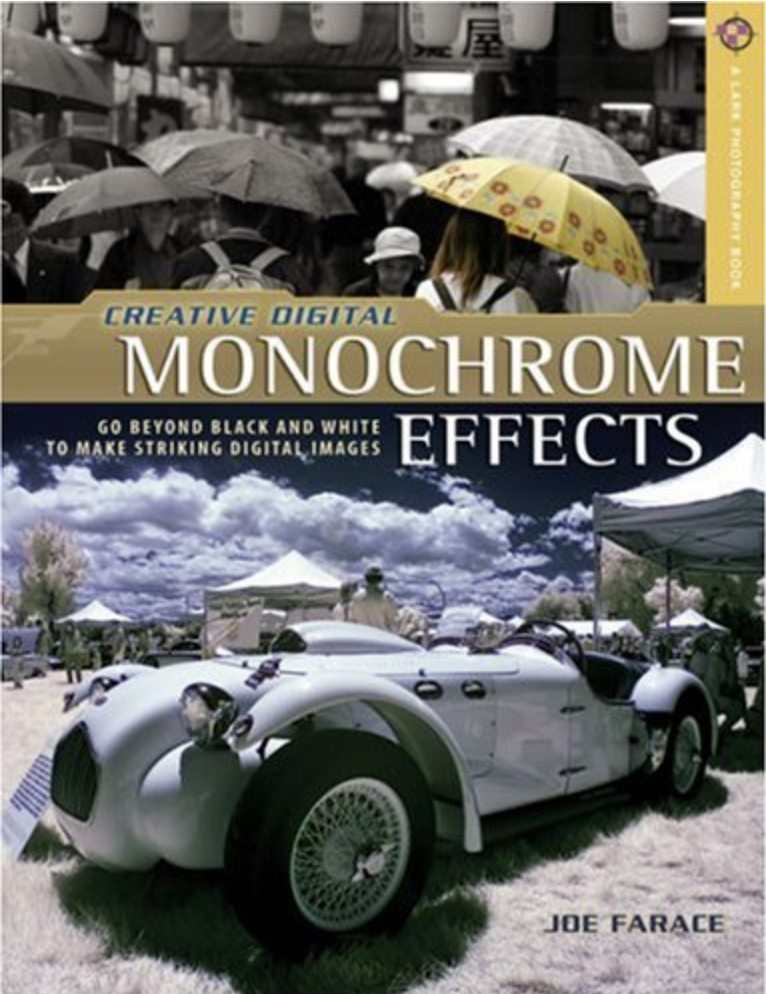Today’s Post by Joe Farace
The definition of monochrome is an image displaying a single color or different shades of a single color. Monochrome photography is photography in which the entire image is recorded and represented by differing amounts of light instead of different hues.—Master Class
 Not every photograph that you make needs to be in color; sometimes a black and white or a toned monochrome image may tell a better story.
Not every photograph that you make needs to be in color; sometimes a black and white or a toned monochrome image may tell a better story.
A monochrome doesn’t always mean that it’s in black and white or even sepia tones. Sometimes you might want to add a dash of color but not too much! That’s when your camera’s built-in digital toning modes—or Photo Styles in Canon cameras— can come in handy.
hen shooting in monochrome mode, most, maybe all, DSLR and mirrorless cameras let you apply several different toning effects including Sepia, Blue, Purple, Green, or None. Many times these effects appear can be modulated by applying in-camera filters, much as in the film days we used on-camera colored filters. You can see these kind of effects being discussed in my post Using Digital Color Filters for Black & White Portraits. Film camera-style digital filters and toning effects can even be applied together and since you get to see the results right away on your LCD screen or in the EVF of your mirrorless camera, you can decide if you like how the effect looks and want to make other changes.

There is no one-size-fits all approach to what digital toning effect works best! Like all special effects, it depends on the subject, the original colors in the image (if you want to provide a visual hint) and the mood you’re trying to achieve. When’s the last time you heard the words “mood” and “digital” in the same sentence but that’s what in-camera monochrome filter and toning capabilities is all about. It all fits with the motto of this blog: Have fun with your photography.
How I shot the above image
It was a chilly day when I was making this photograph of a one-room schoolhouse at the Adams County Historical Museum using a Samsung NX1 and NX 16-50mmfF2-2.8 S lens. The Aperture Priority exposure was 1/90 sec at f/16 and ISO 100 with a plus one-half stop exposure compensation to compensate for light reflecting off the snow in the scene. The image was initially converted in camera to a black and white version using the camera’s Digital Filter feature, saved and then converted into this version using the camera’s Color filter. Yes, I ended up with three versions of this shot: the original color, black & white, then the blue toned one that’s shown above—all in camera.
My book Creative Digital Monochrome Effects is available from Amazon and even includes a chapter on infrared photography. New copies are selling for $8.88 with used copies starting around three bucks! There’s no Kindle version of the book available, sorry.
